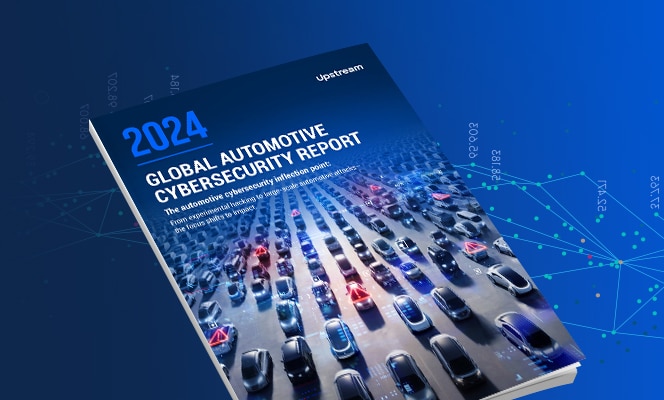

Automotive OEMs executives deal every day with at least four strategic challenges:
- Reputational risk limitation
- Regulatory compliance
- Recall costs minimisation
- Reliability of service and customer experience improvements
Most of these challenges can be better addressed with a more sophisticated management of data generated by connected vehicles, backend servers and applications and other sources.
Vehicles connected via embedded devices today represent approximately 15% of all vehicles circulating on the road worldwide (250 million out of 1.5 billion). However, several analysts concur that by 2040, connected vehicles (excluding ones connected with aftermarket devices), will pass the 1 billion mark. And each one of them will generate massive amounts of data!
Most of this data is either not collected at all, or it is not actionable
The most advanced OEMs have a sophisticated justification process in place to invest in collection and storage of specific data sets based on target use cases, but not all OEMs have this level of maturity.
OEMs estimate that up to 80% of connected vehicle data collected and stored in OEMs is currently unstructured, with unchecked quality levels. In some cases there is no map of where specific data sets are stored. Most of it is not employed to meet specific goals or use cases.
Unstructured data collected and stored without a clear justification based on target use cases is not an asset, but rather a liability. Not an investment but a cost without ROI.
This is a compelling industry challenge that we at Upstream are contributing to address.
Upstream means “nearer to the source”. Our purpose-built automotive digital twin-based technology, combined with advanced zero code detectors, is the most effective way to identify potential anomalies, in near real time, both in terms of malicious behaviour, such as cyber attacks and fraud attempts, and in terms of quality issues.
Being fully in control of data generated within their connected vehicle ecosystems, OEMs can do more than minimise the cost of malicious attacks and poor data quality. OEMs can generate substantial revenue streams as the core provider of a data marketplace including fleet management companies, mobility infrastructure and connected insurance companies to name a few, all downstream users of precious OEM data.
As we like to say at Upstream… follow the data!

